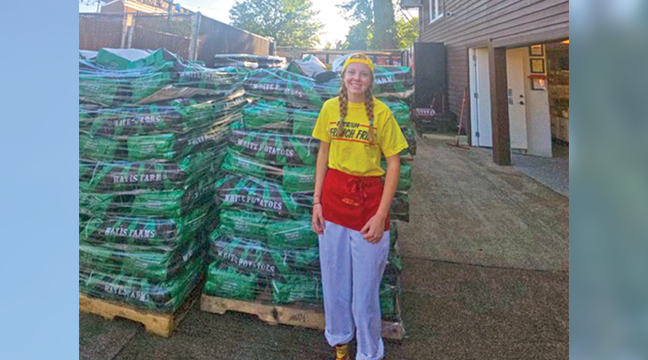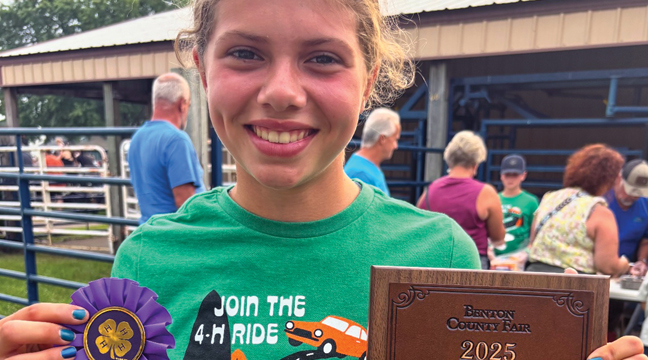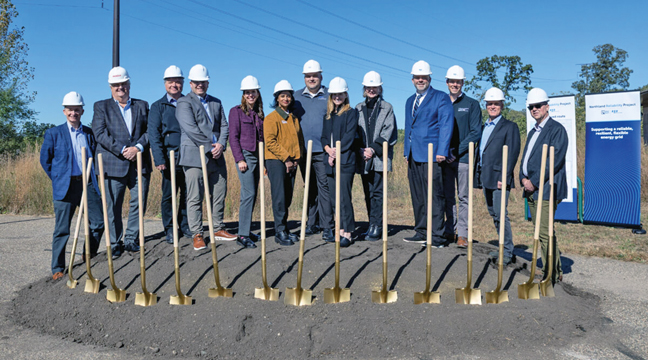Sherburne County did more than $16 million in road projects last year and is doing more than $14 million in projects in 2015.
But because of other funding sources, less than half of that amount is being paid by county taxpayers.
“Since I’ve been with Sherburne County, we’ve made it a priority to seek as much outside funding as we can. That includes state and federal dollars,” says Public Works Director John Menter. “Anything we can do to augment Sherburne County taxpayer dollars, we try to capitalize on that.”
There are three different programs the county can use to supplement property tax dollars.
Every year, counties across Minnesota receive state aid funding to be used on their county state aid highways (CSAH). About half of all Sherburne County roads are designated as CSAH.
State aid funding is based on a complicated formula that includes the number of miles, population, age and condition of the roads, and many other factors, says Menter.
But it’s a predictable amount. Sherburne County gets between $3.2 and $3.5 million a year. And it doesn’t have to be used in the same year it’s received.
“How we use those dollars varies by year. It’s not a use-it-or-lose-it kind of thing,” says Menter. “Sometimes we’ll intentionally not spend it if we know we have a project coming a year or two years down the road and we want to use more state aid dollars.”
That happened in 2014 when the county used almost $4.5 million in state aid as supplemental funds on four big projects.
It’s happening again this year, with the county using $4.27 million in state funds, the bulk of that - $3,378,000 - being used on the reconstruction of a portion of Co. Rd. 15.
Menter says it helps to know the money is coming so his department can plan for road projects years in advance. But the county won’t spend it before they get it.
“What we won’t do is overspend,” he says. “Some counties will spend their future state aid allotments. We don’t go into the red.”
Federal Funding
Counties can also receive federal money for specific projects. Each year, the federal government allocates money to the state in transportation funding.
MnDOT uses between 70 and 75% of that money on its trunk highway system. The rest is divided among the eight districts in the state for local roads.
Sherburne County is part of Dist. 3 along with Benton, Cass, Crow Wing, Isanti, Kanabec, Mille Lacs, Morrison, Stearns, Todd, Wadena and Wright counties.
Each year, those counties submit projects for consideration for funding three years in advance. The requests are reviewed and scored by MnDOT and recommendations are made to a policy board. Since the funding is limited, counties are competing to have their projects approved for funding.
Sherburne County was successful in getting $1.6 million for a segment of Co. Rd. 15 last year. That’s a significant amount, says Menter, since there are almost no funds allocated for Dist. 3 in 2017 and about $1.83 million a year for 2018, 2019 and 2020.
“We’ve been very aggressive about going after federal funds,” he says.
Safety Projects
The third funding source is the Highway Safety Improvement Program (HSIP), which allocates federal dollars through the state for safety improvements.
Several years ago, MnDOT worked with a consultant to develop safety plans for all 87 counties. If there are certain projects or safety techniques that are identified in a county’s safety plan for specific roads or intersections, the county can apply for HSIP funding.
Sherburne County applied for and received about $1.5 million in HSIP funds in 2014 and 2015 for things like redesigning intersections, shoulder paving, adding rumble strips and building turn lanes at intersections.
At the request of the county board, Menter has made it a point to keep the amount of taxpayer dollars used on roads consistent each year at about $6 million by using state and federal dollars to supplement projects.
“We’re trying to be predictable on what our requests are from the county levy,” he says. “Any work that we do above and beyond that will be done with state and federal monies, and we’ve stuck with that.”








